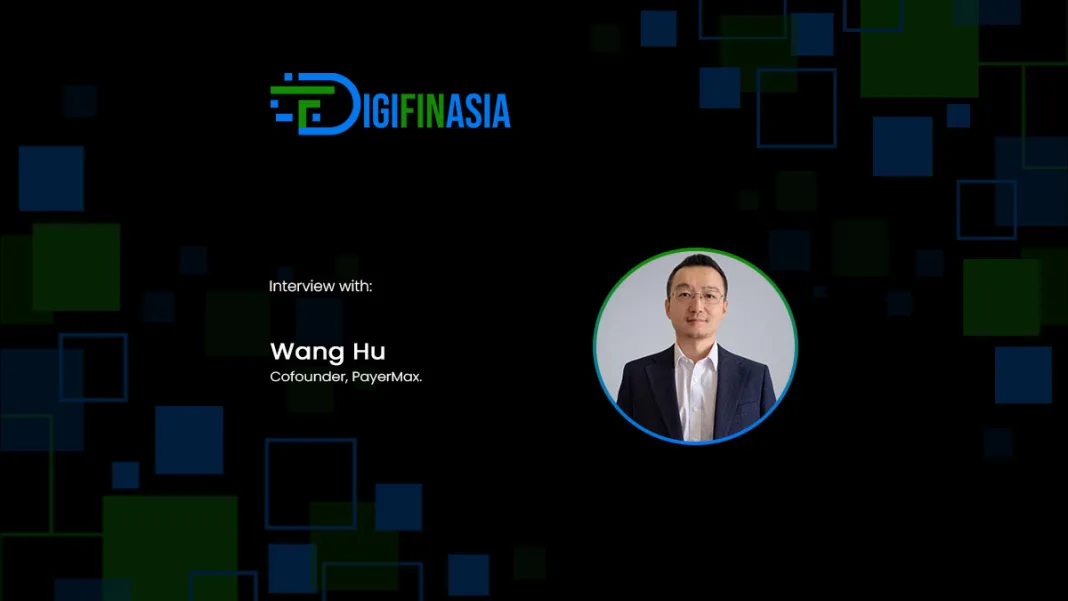Mitigating the risks of digital payment fraud in the fast-growing S E Asia digital economy is a top concern especially during the festive shopping season.
The shift towards cashless economies, especially in Southeast Asia (SEA) where the digital economy is projected to reach US$263 billion in gross merchandise value (GMV), has accelerated the adoption of digital payments, making the region a prime target for cybercrime.
The cross-border payments market set to grow from US$1.31 trillion in 2023 to $3.80 trillion by 2030, offering e-commerce businesses faster transactions, expanded market access, and improved customer experiences. However, this growth also raises concerns about online payment fraud, with e-commerce losses to online payment fraud estimated at $54.5 billion globally as far back as 2022.
In the year-end festive season, which is continuing into 2025 as many businesses and consumers celebrate the Lunar New Year, the spike in online and cross-border transactions has attracted financially motivated cybercriminals to heighten their attacks.
In the face of such looming threats, we find out how businesses can better protect themselves and their customers in a Q&A with Wang Hu, Cofounder, PayerMax.
How has the rise of cross-border payments introduced new risks related to online payment fraud for e-commerce businesses?
Cross-border payments add layers of risk due to varying compliance standards and currency exchanges across regions, creating vulnerabilities in the transaction process.

The diversity of payment methods across emerging markets further complicates fraud prevention, as each payment method may carry unique security risks. These challenges increase the risk of fraud, especially in regions with developing infrastructure where compliance and security may not yet be fully standardized.
At PayerMax, we have developed our own proprietary real-time anti-fraud system to intercept high-risk transactions and prevent significant and large-scale fraud risks and our system boasts an industry-leading fraud chargeback rate of 0.1%. This ensures the utmost financial security and protection of our merchants’ interests while protecting the privacy and data of end-users.
Can you provide examples of these emerging risks?
Emerging risks in Southeast Asia’s digital payments landscape include a notable rise in cyberthreats, with a 28% increase in cyber-attacks targeting digital transactions through scams, identity theft, and synthetic identities in 2024.
For instance, standard verification processes often fall short against sophisticated, cross-border fraud techniques that exploit regulatory inconsistencies and underdeveloped infrastructure in emerging markets. The rapid growth of mobile payments and e-wallets, while driving digital convenience, has also created new vulnerabilities, emphasizing the need for advanced security measures.
In addition, underdeveloped infrastructure poses challenges in areas such as transaction success rates, fraud prevention, chargeback management, and system uptime. Economic uncertainties and currency volatility further complicate operations, particularly in managing local currencies.
Why might existing fraud prevention measures employed by e-commerce businesses be inadequate in addressing these new challenges?
Traditional fraud prevention tools typically rely on predefined rule-based systems, which may struggle to adapt to the real-time nature and complexity of cross-border payments in diverse, dynamic markets.
Cross-border payments add layers due to varying compliance standards and currency exchanges across regions, creating vulnerabilities in the transaction process.
Additionally, diversity in payment methods across emerging markets complicates fraud protection, as each payment method may carry unique security risks.
PayerMax addresses these challenges with a proprietary real-time anti-fraud solution that leverages AI and machine learning to detect and intercept high-risk transactions.
This technology enables PayerMax to adapt to the real-time nature and complexity of cross-border payments in diverse, dynamic markets, particularly in SEA where local currencies and government-backed payment schemes require tailored approaches. By tailoring fraud prevention to the needs of local markets, PayerMax can achieve better response times and fewer manual interventions.
Furthermore, PayerMax’s local team provide insights into local government and taxation laws and policies, helping companies navigate compliance requirements while expanding their business overseas. With licenses from regulatory agencies in a wide range of key markets, and adheres to comprehensive risk management measures within the scope of legal and compliant regulations to ensure the safety of every transaction.
PayerMax also utilizes AI in several scenarios to improve operational efficiency, including settlement processing, real-time monitoring of every payment channel’s and merchant’s performance, and fraud prevention. An AI-driven approach can help tailor fraud prevention to the needs of local markets, enabling better response times and fewer manual interventions.
What steps can e-commerce businesses take to more effectively mitigate the risks of online payment fraud?
E-commerce businesses can enhance fraud prevention by adopting multi-layered security systems, including AI-driven real-time monitoring and data analytics. Utilizing biometric authentication, encryption, and machine learning models to identify fraud patterns can significantly enhance security.
Additionally, partnerships with local payment providers such as PayerMax can improve regulatory compliance and local expertise, which are essential for managing fraud risks in specific markets. Businesses that prioritize data-driven fraud prevention strategies will gain a competitive edge in the increasingly digital economy of SEA.
We address the above-mentioned challenges by prioritizing robust security measures and optimizing essential processes to better support merchants in navigating these complex risks. We also offer risk management where a merchant is required to submit additional risk parameters based on their industry and risk level, constructing a comprehensive environment for merchants to excel in a competitive global marketplace and handle the intricacies of globalization with ease.
Our customer support team will provide a real-world payment testing environment specific to the local market to ensure the full functionality and availability of the payment capabilities, minimizing payment risks. Once the processes and technologies are in place and customers begin to integrate, PayerMax’s customer support department will monitor transaction data and payment success rates in real-time, analyze data fluctuations, and proactively identify any transaction or data anomalies before our customers. We will then promptly summarize and feedback this information to our customers.
Additionally, we will assist in resolving customers’ financial service-related issues. Once the overall operation stabilizes, we will enter a regular service status and provide monthly or quarterly summaries to our customers.
To further help simplify the complexities of cross-border operations, PayerMax offers value-added services such as risk management, foreign exchange (FX) management, payment marketing, and finance and tax support. For example, our risk control department will conduct pre-risk assessments and preference classifications for merchants, preparing regional-specific risk control strategies tailored to the merchant. We will establish an anti-fraud system that spans the entire business lifecycle, from pre-transaction to post-transaction.
Especially for emerging markets with prevalent black-market activities, PayerMax uses targeted models and rules to distinguish between legitimate and fraudulent activities, strengthening the identification of criminal groups. By leveraging AI and other technologies, we conduct from first to fifth-degree correlations to form correlation maps, accurately locating and controlling risks.



